The Ultimate Guide to Spanish Spice Blend: A Flavorful Journey Around the World
Table of Contents
- Introduction to Spanish Spice Blend
- A Glimpse into History
- Common Spices in a Spanish Spice Blend
- Cooking Tips with Spanish Spice Blend
- Buying Guide: How to Choose the Best Spanish Spice Blend
- Global Spice Traditions and Spanish Influence
- Conclusion
Introduction to Spanish Spice Blend
When it comes to flavor, nothing quite compares to the rich and complex taste of a well-crafted Spanish spice blend. This unique mix is more than just a seasoning—it's a celebration of tradition, culture, and culinary artistry. Whether you're cooking tapas, paella, or chorizo, a good Spanish spice blend can elevate your dish from ordinary to extraordinary.
But what exactly makes a Spanish spice blend so special? It’s not just about the individual spices, but how they come together to create a harmonious and unforgettable flavor profile. In this guide, we’ll explore everything you need to know about Spanish spice blends, from their origins to how to use them in your kitchen.
A Glimpse into History
Spanish cuisine has always been deeply influenced by its history, and the Spanish spice blend is no exception. With roots tracing back to the Moorish influence on Spain, the blend reflects the fusion of cultures that have shaped the country over centuries.
The use of spices like saffron, paprika, and cumin was introduced through trade routes and cultural exchanges. These ingredients were once considered rare and valuable, often used in royal kitchens and festive occasions. Today, they are staples in everyday Spanish cooking, and the blend continues to be a symbol of the country's rich culinary heritage.
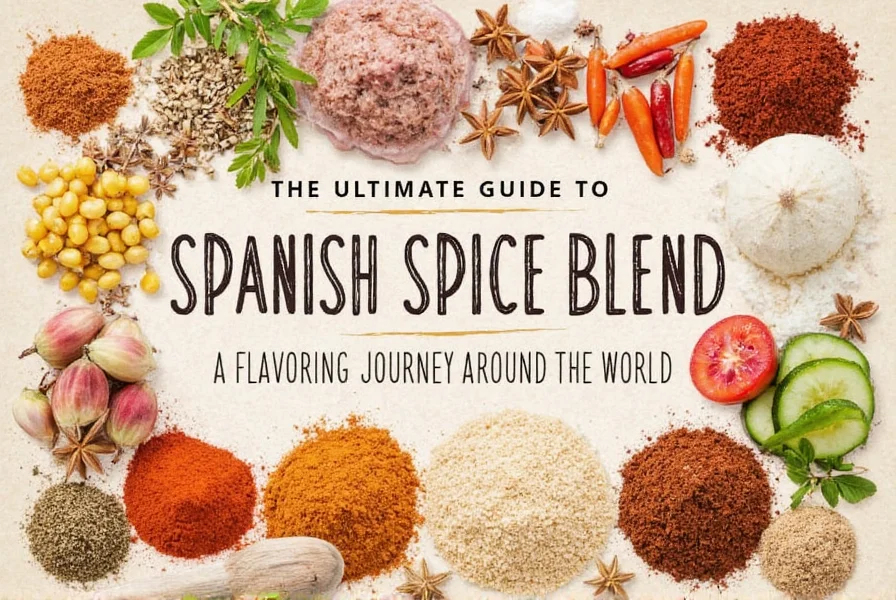
Common Spices in a Spanish Spice Blend
A traditional Spanish spice blend typically includes a mix of warm, earthy, and slightly smoky flavors. Here are some of the most common spices found in a quality Spanish spice blend:
- Paprika: Adds a sweet, smoky flavor and vibrant color.
- Saffron: Known for its distinct aroma and golden hue, it's a luxurious addition.
- Cumin: Provides a nutty, earthy note.
- Garlic: Offers a pungent, savory base.
- Oregano: Brings a fresh, slightly bitter flavor.
- Dried Thyme: Adds an herbal depth.
- Chili Flakes: For those who enjoy a bit of heat.
Some blends may also include cinnamon or cloves for a touch of sweetness and warmth. The exact combination can vary depending on regional preferences and personal taste.
| Spice | Flavor Profile | Usage |
|---|---|---|
| Paprika | Smoky, Sweet | Paella, Chorizo, Stews |
| Saffron | Earthy, Floral | Seafood, Rice Dishes, Desserts |
| Cumin | Nutty, Earthy | Meat dishes, Soups, Salsas |
| Garlic | Pungent, Savory | General seasoning, marinades |
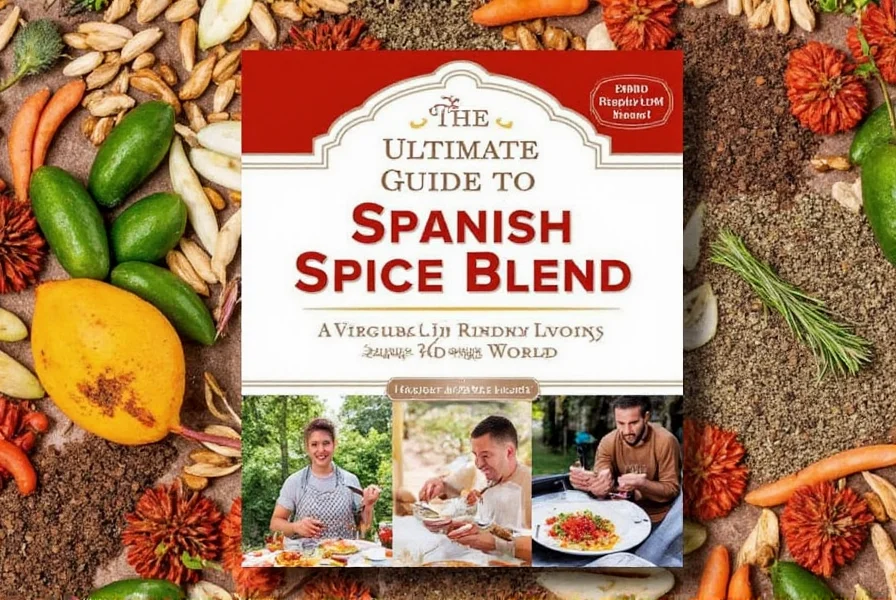
Cooking Tips with Spanish Spice Blend
Now that you know the basics, here are some practical tips to help you make the most of your Spanish spice blend:
- Start Small: Since the blend is concentrated, begin with a small amount and adjust to taste. You can always add more, but it's hard to take away.
- Use in Marinades: Mix the blend with olive oil, garlic, and citrus juice to create a flavorful marinade for meats, fish, or vegetables.
- Enhance Rice Dishes: Add a pinch of the blend to your rice while cooking to infuse it with deep, smoky flavor—perfect for paella or arroz blanco.
- Season Roasted Vegetables: Sprinkle the blend over roasted potatoes, carrots, or peppers for an extra layer of taste.
- Experiment with Pairings: Try combining the blend with other herbs or spices like rosemary, smoked paprika, or even a dash of balsamic vinegar for a unique twist.
Remember, the key to using a Spanish spice blend is balance. Don’t be afraid to get creative and let your taste buds guide you!
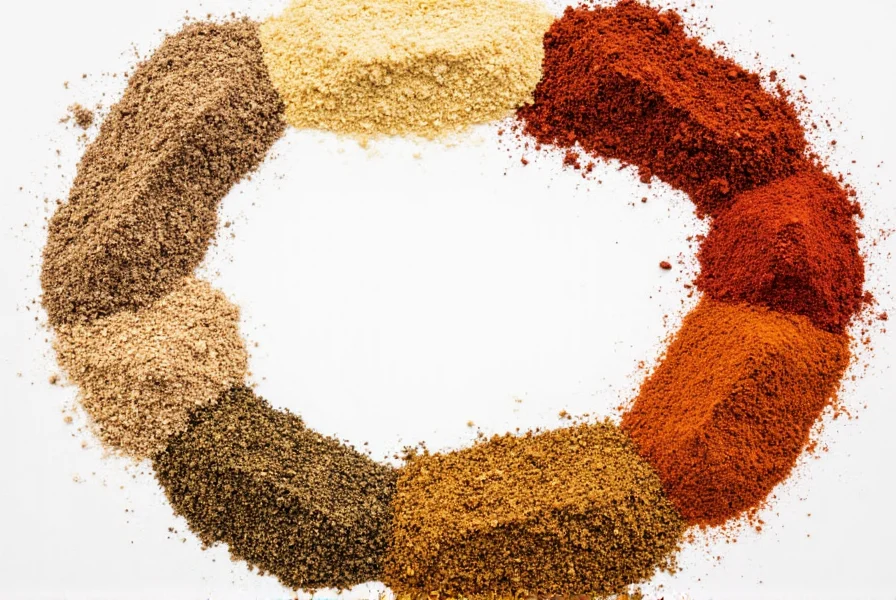
Buying Guide: How to Choose the Best Spanish Spice Blend
If you’re looking to buy a Spanish spice blend, there are several factors to consider. Here’s a detailed buying guide to help you choose the right one for your needs:
Features to Look For
- Quality of Ingredients: Opt for blends made with high-quality, natural spices rather than artificial flavorings or fillers.
- Regional Authenticity: Some blends are specific to certain regions in Spain. For example, a blend from Andalusia might emphasize paprika, while one from Catalonia could include more oregano.
- Organic or Non-GMO Options: If you prefer healthier or more sustainable products, look for organic or non-GMO certifications.
- Shelf Life: Spices can lose potency over time, so check the expiration date and ensure the packaging is airtight.
Advantages of Buying Pre-Made Blends
- Convenience: Saves time and effort compared to mixing your own.
- Consistency: Ensures a balanced flavor every time.
- Variety: Offers different flavor profiles, such as mild, medium, or spicy versions.
Use Cases and Target Audience
Spanish spice blends are ideal for a wide range of users:
- Chefs and Home Cooks: Perfect for anyone who wants to add authentic flavor to their dishes.
- Food Enthusiasts: Great for those who love exploring new cuisines and experimenting in the kitchen.
- Cultural Lovers: A must-have for those interested in Spanish or Mediterranean cooking.
Suitable Occasions
Whether you're preparing a casual weeknight meal or hosting a dinner party, a Spanish spice blend can enhance your cooking. Use it for:
- Tapas: Season olives, patatas bravas, or chorizo.
- Stews and Braises: Infuse soups, stews, and slow-cooked dishes with rich flavor.
- Grilled Meats: Rub onto chicken, pork, or lamb before grilling.
- Special Occasions: Elevate holiday meals or festive gatherings with an authentic touch.
When choosing a blend, think about your personal taste and how you plan to use it. A good Spanish spice blend should complement your dishes without overpowering them.
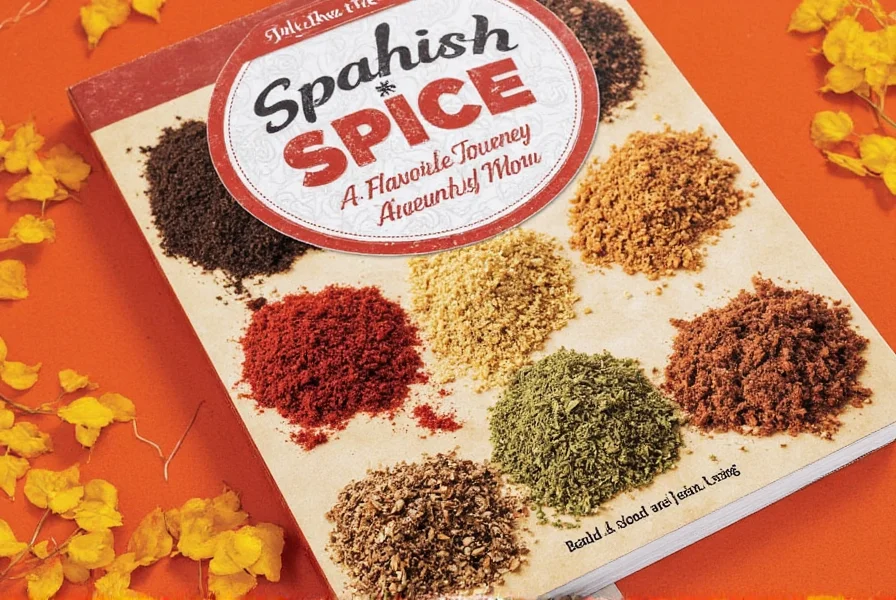
Global Spice Traditions and Spanish Influence
While Spanish spice blends are rooted in the Iberian Peninsula, their influence extends far beyond Spain. Across the globe, many cuisines have adopted similar spice combinations, often blending local flavors with the essence of Spanish seasoning.
For instance, the use of paprika in Hungarian goulash or the incorporation of saffron in Indian biryanis shows how Spanish spices have traveled through trade and migration. Similarly, Latin American cuisines often feature variations of Spanish spice blends, especially in dishes like empanadas, tamales, and grilled meats.
This cross-cultural exchange highlights the universal appeal of Spanish spice blends. They are not just a part of Spanish cuisine—they are a bridge between traditions, connecting people through shared flavors and stories.
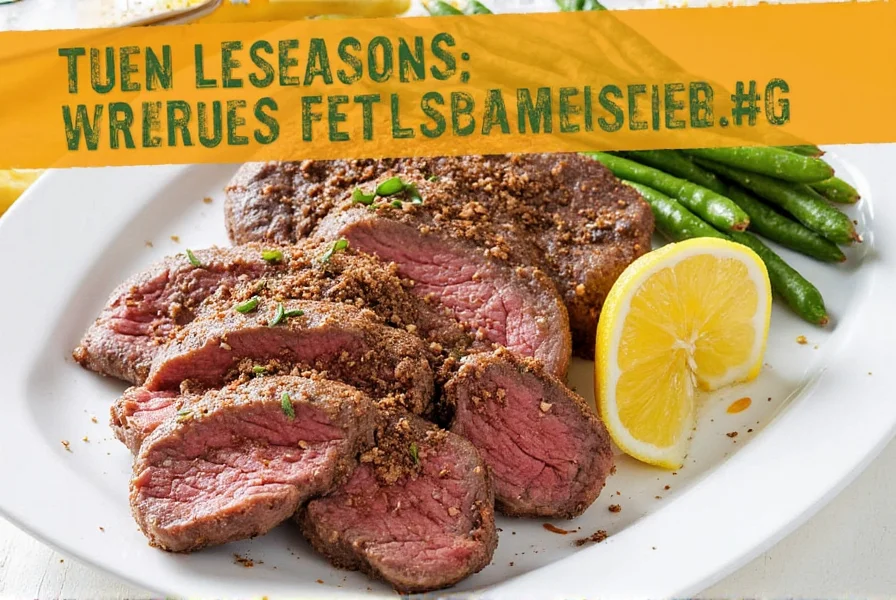
Conclusion
In summary, the Spanish spice blend is much more than just a collection of spices—it's a symbol of Spain's rich culinary heritage and a versatile tool for any kitchen. From its historical roots to its modern-day applications, this blend offers a world of flavor that can be enjoyed by both seasoned chefs and curious food lovers alike.
Whether you're cooking up a storm or simply looking to add more depth to your meals, a Spanish spice blend is a must-have ingredient. With the right blend, you can bring a taste of Spain into your home and explore the global connections that make our food so fascinating.
So go ahead—experiment, cook, and savor the magic of Spanish spice blends. Your taste buds will thank you!
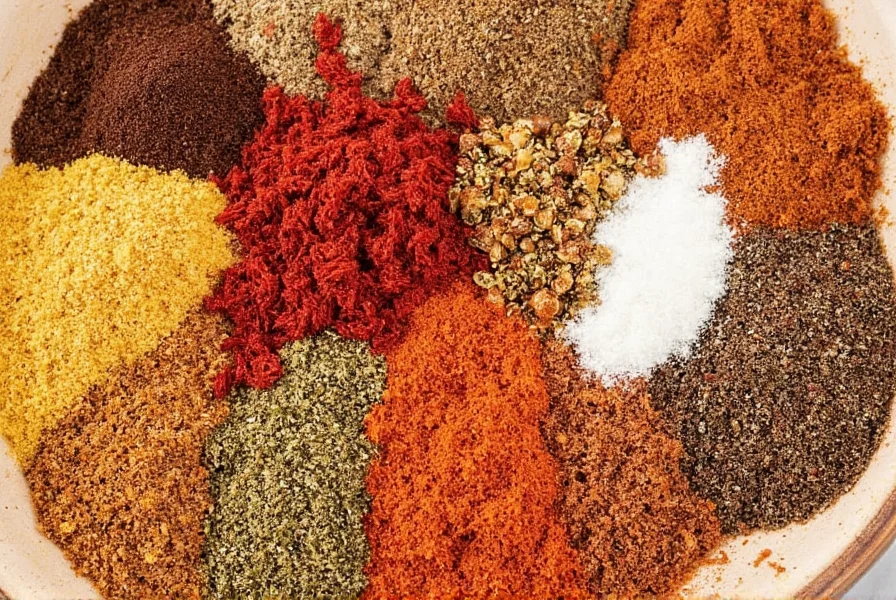

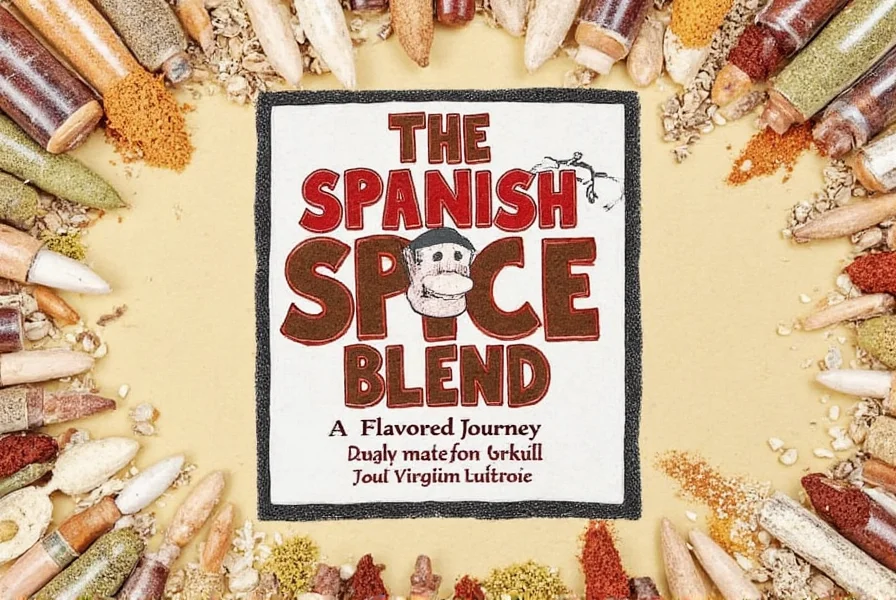









 浙公网安备
33010002000092号
浙公网安备
33010002000092号 浙B2-20120091-4
浙B2-20120091-4